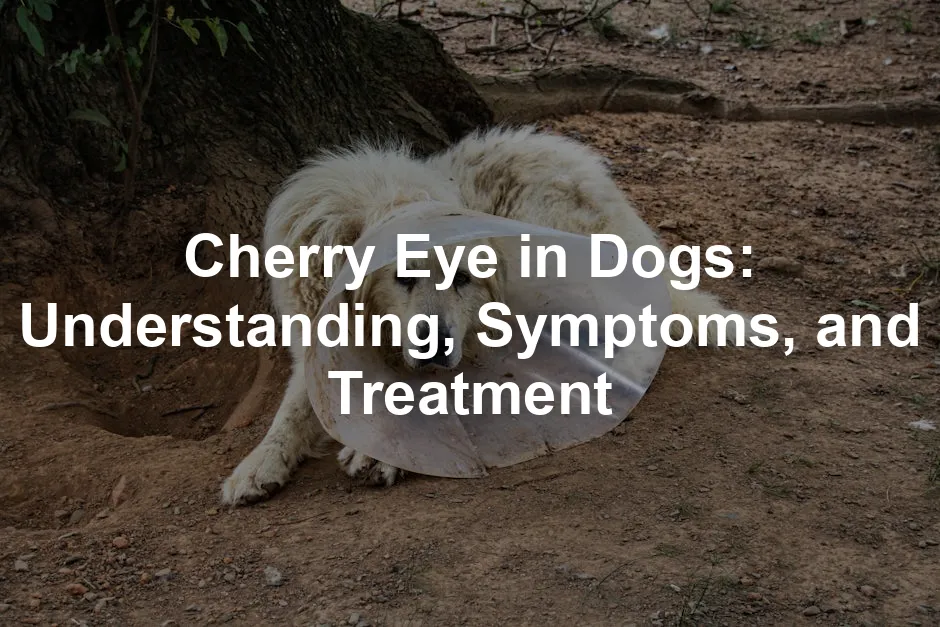Introduction
Cherry eye is a condition that affects dogs’ eyes. It involves the prolapse of their third eyelid gland. This issue is common and needs prompt attention. Understanding its symptoms and treatment options is vital for your dog’s health.
For tips on ensuring a smooth introduction between dogs and babies, check out this helpful guide. tips on ensuring a smooth introduction between dogs and babies 2024
Summary and Overview
Cherry eye occurs when the third eyelid gland, or nictitating membrane, prolapses. This gland plays a crucial role in producing tears and protecting the eye. It helps maintain eye moisture and overall health. To keep your dog’s eyes healthy, consider using a Dog Eye Care Kit to prevent any issues.
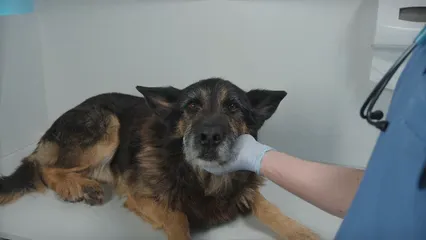
Certain breeds are more prone to this issue, especially younger dogs. Breeds like Bulldogs, Cocker Spaniels, and Beagles are often affected. Early diagnosis and treatment are essential. If ignored, cherry eye can lead to complications, such as chronic dry eye or infections. Addressing this condition promptly will help ensure your furry friend’s long-term eye health.
What is Cherry Eye?
Cherry eye refers to a condition where the third eyelid gland, also known as the nictitating membrane, protrudes from its normal position. This gland is located in the lower corner of your dog’s eye. When prolapsed, it appears as a red or pink lump, resembling a cherry.
The third eyelid has important functions. It provides extra protection to the eye and helps distribute moisture. The nictitating membrane contains a tear gland that produces a significant portion of your dog’s tear film. This tear film is crucial for keeping the eye lubricated and healthy. To ensure your dog maintains optimal eye health, consider using Dog Eye Drops regularly.
When the connective tissue that anchors the gland weakens or stretches, cherry eye can occur. This condition is most common in younger dogs, especially certain breeds like Bulldogs, Cocker Spaniels, and Beagles. If you notice this red mass, it’s essential to consult a veterinarian for proper evaluation and treatment.
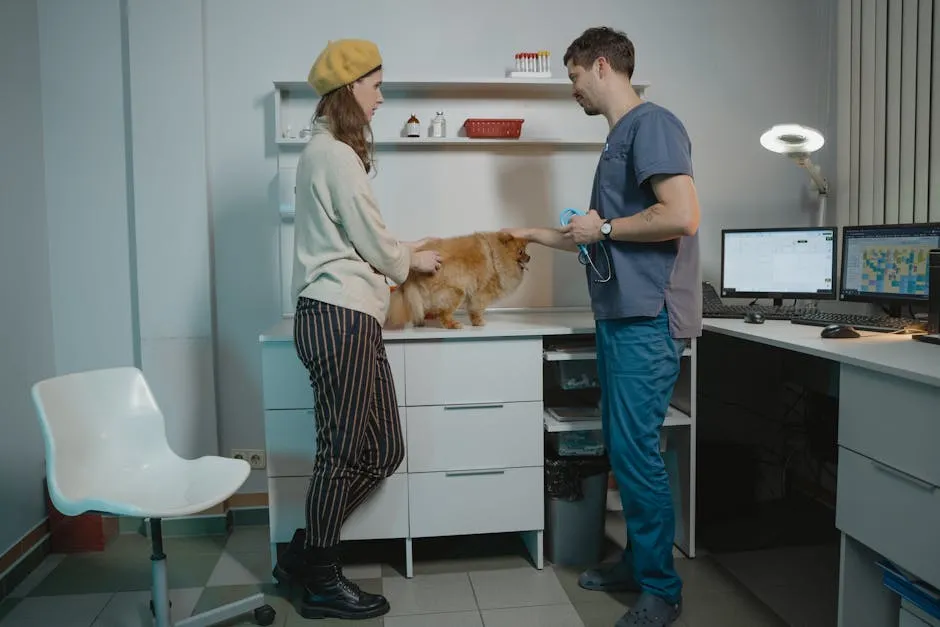
Symptoms of Cherry Eye
The most noticeable symptom of cherry eye is a red, swollen mass in the inner corner of your dog’s eye. This lump may vary in size and can sometimes cover a significant portion of the eye.
In addition to the protruding gland, your dog may experience other symptoms. These can include irritation, such as pawing at the eye, and a thick discharge. The eye may appear red and inflamed, indicating discomfort. If you’re looking for a way to soothe your dog’s discomfort, Dog Shampoo can help keep their coat clean and healthy.
It’s crucial not to ignore these signs. If you notice any symptoms resembling cherry eye, consult your veterinarian promptly. Early intervention can prevent further complications, such as chronic irritation or infections that could affect your dog’s vision.
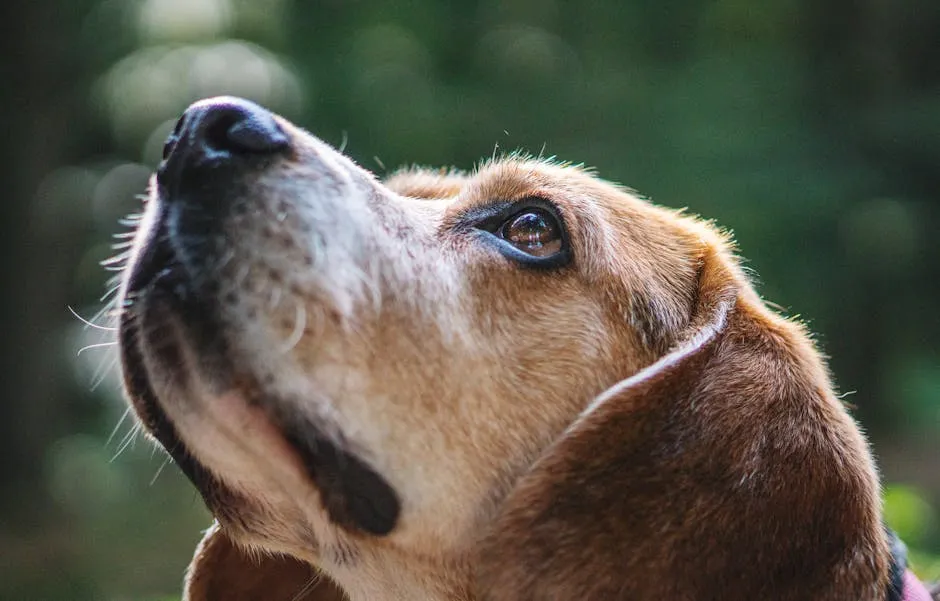
Causes of Cherry Eye
Cherry eye often stems from a combination of genetic and anatomical factors. Some dogs inherit a genetic risk, making certain breeds more susceptible. Breeds like Bulldogs, Cocker Spaniels, and Beagles frequently experience this issue.
The condition arises when the ligament anchoring the nictitating gland weakens. This weakening allows the gland to prolapse, leading to a visible, swollen mass. To further support your dog’s health, consider providing Dog Vitamins and Supplements to boost their overall health.
Age also plays a significant role. Cherry eye typically affects younger dogs, often under two years old. If you have a puppy from a breed known for this issue, stay vigilant for symptoms. Early detection can help minimize complications and ensure your dog’s eye health.
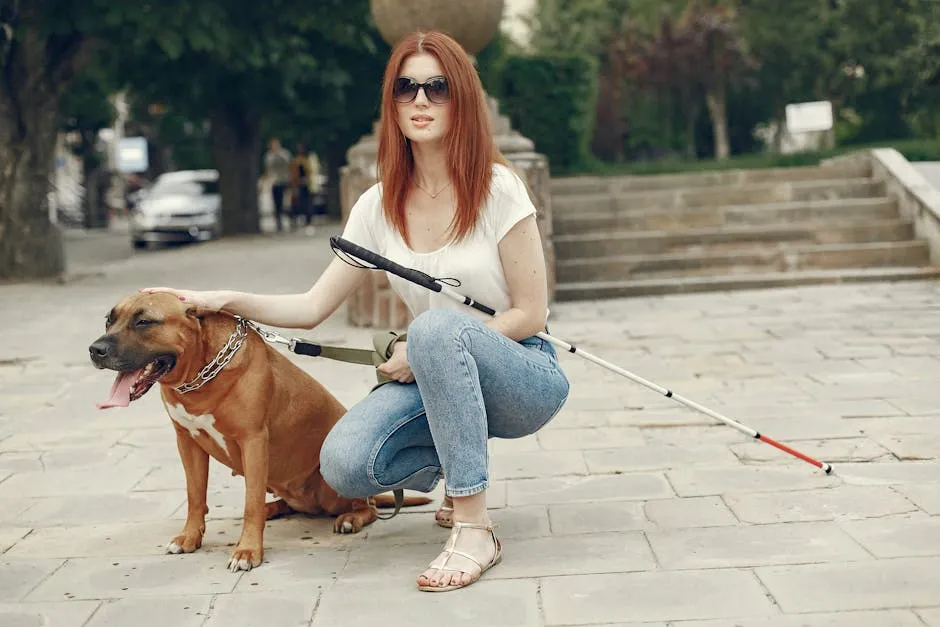
Understanding these causes can empower you to seek timely veterinary care if needed. Your dog’s comfort and health depend on it.
Diagnosing Cherry Eye
Veterinarians diagnose cherry eye through a careful visual examination of your dog’s eye. They look for the characteristic red or pink bulge in the inner corner. This visual cue is often enough to confirm the condition.
To assess the severity, they might perform additional tests. One common test is the Schirmer’s tear test, which measures tear production. This helps ensure your dog’s eye health and identifies any related issues. A thorough examination allows veterinarians to determine the best treatment plan for your furry friend.

While you’re at it, consider investing in a Pet First Aid Kit to be prepared for any unexpected emergencies.
Treatment Options for Cherry Eye
The primary treatment for cherry eye is surgical intervention. Surgery is essential to reposition the prolapsed gland back to its proper location. Various surgical techniques exist, with the most common being the tacking and pocket methods.
In the tacking technique, the gland is secured with stitches to hold it in place. This method has proven effective in many cases. The pocket technique involves creating a small pocket in the eyelid to house the gland, allowing it to function normally.
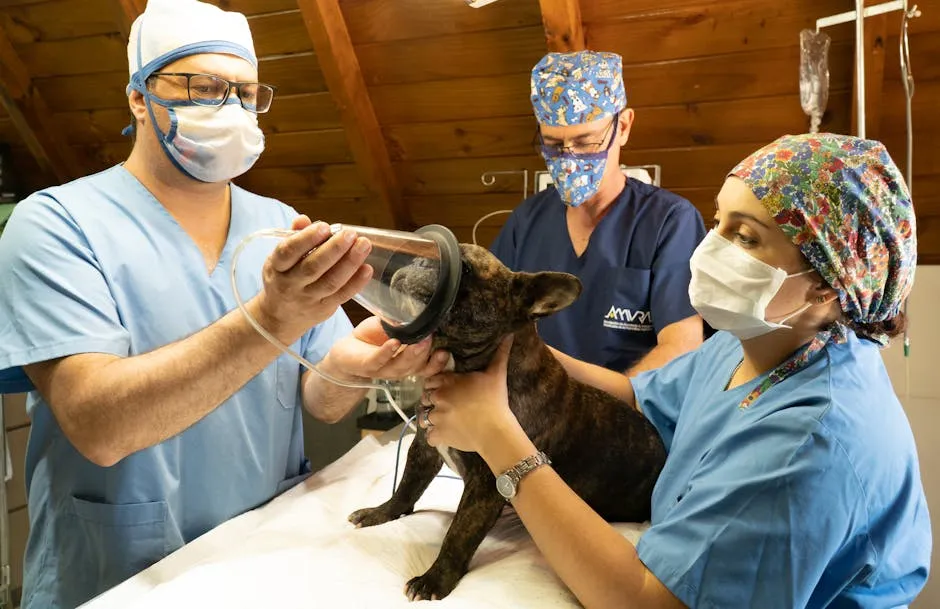
It’s crucial to avoid gland removal unless absolutely necessary. Removing the gland can lead to chronic dry eye, as this gland produces a significant portion of the dog’s tear film. Preserving the gland is vital for maintaining your dog’s eye health and comfort. After surgery, your veterinarian will likely prescribe eye drops to aid in healing. To keep your dog comfortable during recovery, consider using an Elizabethan Collar for Dogs to prevent them from scratching or rubbing their eyes.
Recovery and Prognosis
After surgery for cherry eye, your dog will need time to heal. The recovery process generally takes about two weeks. During this period, your vet may recommend wearing an Elizabethan collar. This collar prevents your dog from rubbing or scratching their eye.
Post-operative care is crucial. Monitor your dog for any signs of complications. These may include increased swelling, redness, or discharge from the eye. Regular follow-ups with your vet help ensure proper healing. To keep your dog’s environment clean during recovery, a Dog Car Seat Cover can be very useful.
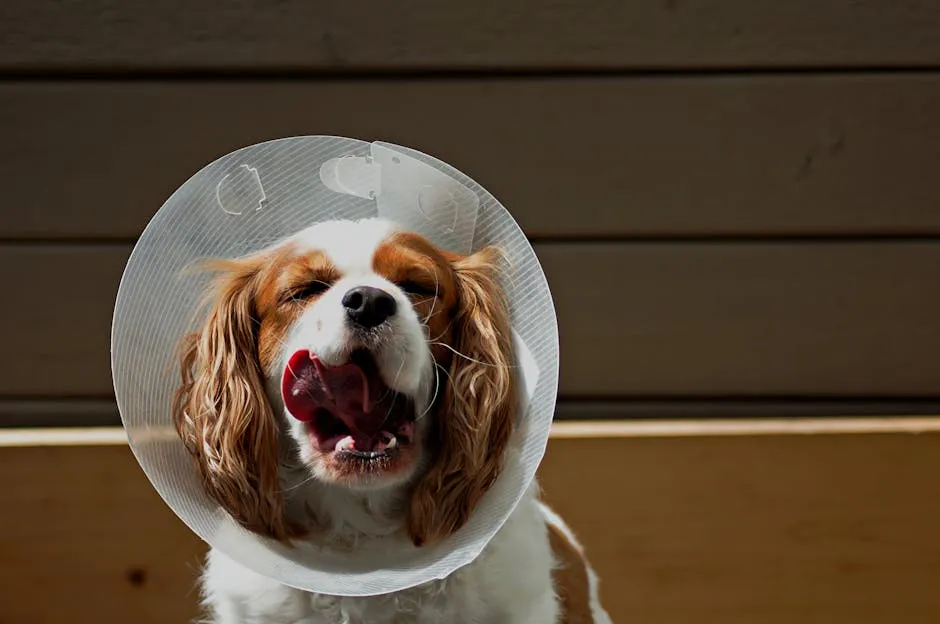
Unfortunately, some dogs may experience a recurrence of cherry eye. Studies show that about 5-20% of dogs may need a second surgery if the gland prolapses again. Additionally, keep an eye out for signs of dry eye. This condition can develop later due to insufficient tear production, which is important for eye health.
Taking these precautions can greatly improve your dog’s chances of a smooth recovery. Staying vigilant about their eye health will lead to a happier, healthier life.
Prevention of Cherry Eye
Preventing cherry eye entirely is challenging. There are no guaranteed methods to stop it from occurring. However, early detection is key. If you notice any signs of cherry eye, acting quickly can help minimize complications.
Regularly check your dog’s eyes, especially if they belong to a breed prone to this condition. Breeds such as Bulldogs, Cocker Spaniels, and Beagles are particularly susceptible. If you have one of these breeds, be extra vigilant. To help with grooming and keeping your dog’s eyes clean, consider using Dog Grooming Scissors.
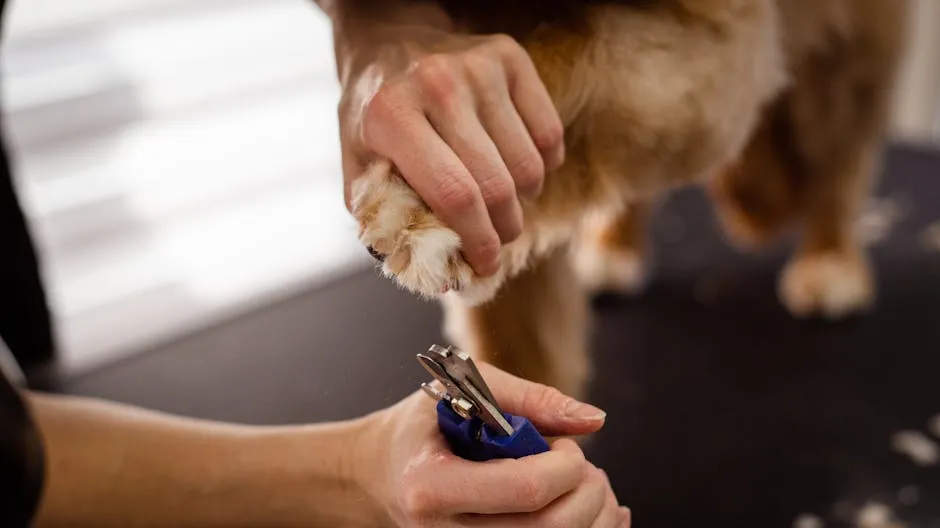
Breeding considerations are also important. It is advisable not to breed dogs that have experienced cherry eye, as this condition can be hereditary.
While you can’t entirely prevent cherry eye, staying informed and proactive will help manage this condition effectively. Awareness can make a significant difference in your dog’s health and comfort.
Conclusion
Cherry eye in dogs is a common condition that requires careful attention. Early diagnosis and treatment are crucial for preventing complications. Surgical intervention is often necessary to reposition the prolapsed gland. To ensure your dog has a smooth recovery, consider using a Dog Health Guide Book to stay informed about their needs.
Understanding cherry eye helps you be proactive about your dog’s eye health. Regular check-ups and staying vigilant about symptoms can lead to better outcomes. If you suspect your dog has cherry eye, consult your veterinarian immediately. Your furry friend deserves the best care, so don’t hesitate to seek help.
Please let us know what you think about our content by leaving a comment down below!
Thank you for reading till here 🙂
All images from Pexels

